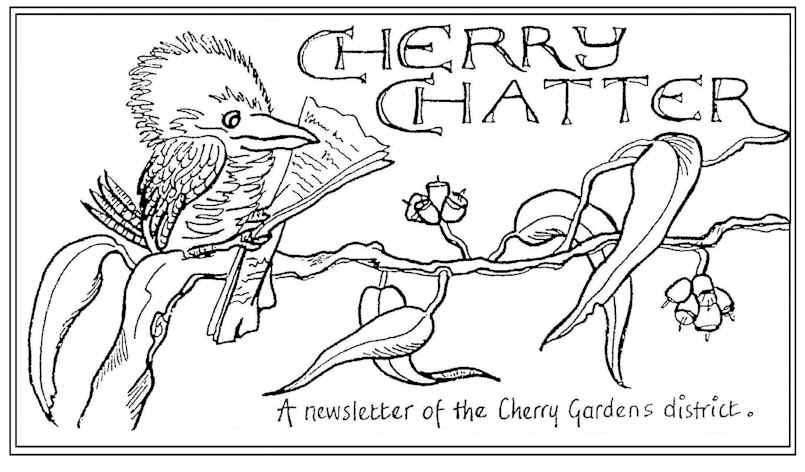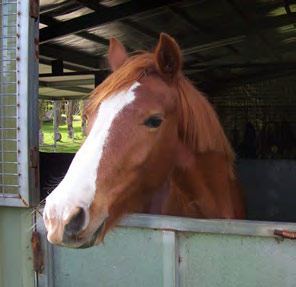Over the stable door
Greetings Fellow Equines and Horse Owners!
Soil testing
The dry autumn continues, the paddocks have really dried out, but what an ideal opportunity to get those paddocks soil tested and topped up with whatever deficiencies are in the soil. If you are a new property owner this is especially important unless you have a history of the previous management of your land. It is not always available and if you are relying on your own pasture for feed, then it is very important to know what is in it ( or not, as the case may be!). Also if you are cutting your own hay this is also very relevant. Many owners do, but it is not ideal to cut from the same paddocks year in, year out. My owners do, but get that soil tested every 3 years (after discussion with an NRM person) and that is followed up with the necessary minerals or whatever is lacking. Adelaide hills soils tend to be on the acidic side and leached of some essential minerals and with excesses of others. When my owners first had their land we (the equines) refused to eat the hay as it tasted horrible, so my owners used it to mulch around young trees. Next time around after soil testing and improvement in minerals etc, it was hugely tastier and we didn’t leave a scrap.
This routine has continued over the last 21 years or so, with very little waste. The advantage for the owner/grower is that they know what their horses are being fed, there is minimum waste and hopefully less risk of weeds being imported into the property. It can also be cheaper, especially in extreme seasons ie. droughts or floods. Most feed suppliers these days are pretty reliable in what they are supplying, as owners have become more knowledgeable. Probably the hardest type of feed to buy in would be what is called ‘meadow hay’. This should be the plainest type of hay to feed to those of us who cannot cope with too rich a diet and are needing something very plain. However plain it is, it should still be clean and shiny with a good smell.
It can be very risky to buy anything that is grey looking or dusty.
When checking, look in the middle of the bale, not just at the ends, and if you want, taste it. It should be reasonably palatable, even to us. If you are new to this game, check with friends and their contacts, look at their hay, see if you can try one or two bales. A reputable farmer will exchange hay if you are not satisfied (within reason). It may take a while, but is well worth the effort and your horses will soon tell you what they think!
Now make sure your rugs are all ready for that break in the weather.
The old horseman’s saying ‘ a rug is worth one feed a day’ probably holds true, especially with the oldies. My owners are very happy with this dry break as it is keeping my weight under control, ie under 500kg. I am weighed regularly so that they can keep up with any changes in my weight. All my paddock mates are too, so I am not alone! Now there is food for thought!
Until next month, Yours,
Hamish

